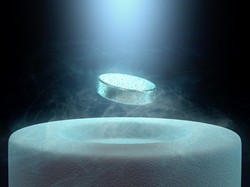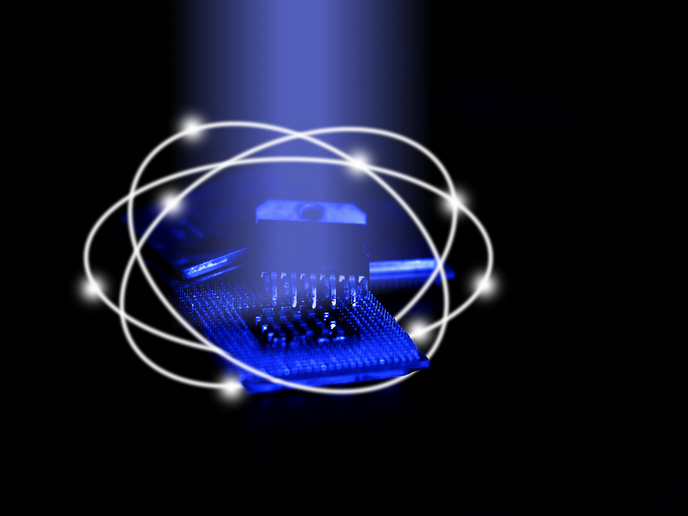New research to elucidate ferromagnetism in magnetic semiconductors
Exploiting the spin of electrons as well as their charge is enabling novel storage devices with entirely new functionalities that overcome the increasing limitations of conventional electronics. An intensely studied approach to obtaining spin-polarised carriers for data storage is the use of DMSs. These are created by doping semiconductor hosts such as gallium nitride (GaN) or zinc oxide with transition metal ions such as manganese (Mn), iron and cobalt. The interaction amongst spins leads to ferromagnetic order at low temperatures, which is necessary to create spin-polarised carriers. Despite progress in the physics of DMSs, understanding and controlling these materials have emerged as the most controversial and challenging field of today's materials science and condensed matter physics. To address this challenge, scientists initiated the project FUNDMS (Functionalisation of diluted magnetic semiconductors). The project team leveraged advanced synchrotron facilities to gain deeper insight into how magnetic ions are positioned in the semiconductor lattice. Theoretical and experimental studies enabled the team to reveal and better understand how to control nanoscale heterogeneity in the distribution of transition metal ions. Obtaining information about ion distribution helps understand the macroscopic properties of DMSs. Project members experimentally examined and described many aspects of the mechanisms accounting for ferromagnetism in DMSs with a uniform Mn distribution. In (Ga,Mn)N films, ferromagnetism was reported despite the absence of carriers, and the relevant mechanism was identified as ferromagnetic superexchange. It was also shown that the strong coupling between localised spins is mediated by holes in the valence band. Another challenging issue that FUNDMS addressed concerns the influence of hole localisation on hole-mediated ferromagnetism. Scientists showed that critical fluctuations in the carrier density of metal-insulator-semiconductor structures lead to the coexistence of ferromagnetic and superparamagnetic regions. FUNDMS filed a patent for one of its methods for controlling the aggregation of transition metal ions and another for the broad photoluminescence due to impurities in GaN that can be exploited for GaN-based infrared lasers. Project results were disseminated through 74 publications and close to 100 invited talks.







